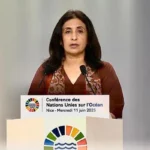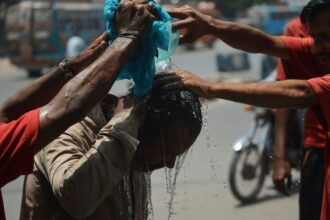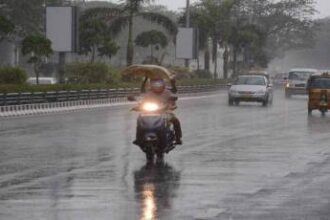At least 49 people have died, including four schoolchildren, as severe winter storms continue to devastate eastern South Africa, with torrential rains, snow, and icy winds pounding the region since last week.
Eastern Cape Premier Lubabalo Oscar Mabuyane confirmed the rising death toll on Wednesday, attributing the figures to police reports. Among the victims were four children aboard a school minibus that was swept away by floodwaters. The driver and conductor also perished, while four other students remain missing. Three passengers survived the incident.
“Search and recovery operations are ongoing across all impacted areas,” Mabuyane said, adding that the storm’s full impact is still unfolding. The persistent downpours have triggered landslides and displaced hundreds of residents, particularly in the OR Tambo and Amathole districts. Many have sought refuge in schools and community halls.
On Tuesday, three children were rescued after clinging to trees for hours to escape rising floodwaters. Authorities continue to face logistical challenges, with the Eastern Cape having access to only a single helicopter for rescue operations.
“This scale of disaster is unprecedented in our province,” Mabuyane told public broadcaster SABC News. “The need for additional resources is urgent. Climate change and global warming are making such events unavoidable.”
President Cyril Ramaphosa echoed these concerns, warning that the extreme winter conditions “remain life-threatening.” He emphasized that emergency response teams, supported by the National Disaster Management Centre, are actively responding to the crisis.
Ramaphosa urged citizens to exercise caution and cooperation as the country braces for continued harsh weather. The South African Weather Service has forecast that the severe conditions including snow and heavy rain are likely to persist through midweek.
While winter storms are not uncommon in South Africa, the country’s vulnerability to climate variability is intensifying, according to the Green Climate Fund. The increased frequency and severity of floods, droughts, and wildfires continue to underscore the growing impact of climate change on the region.














